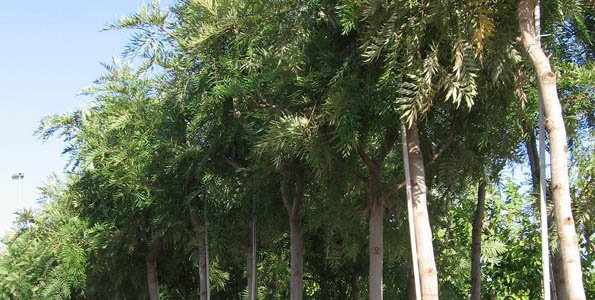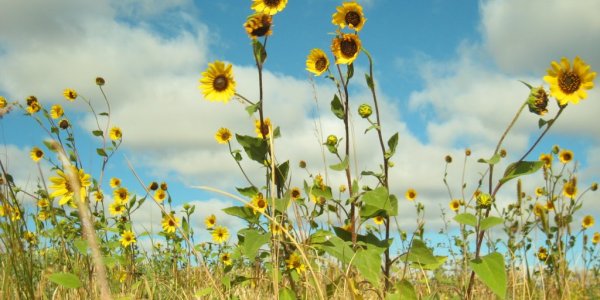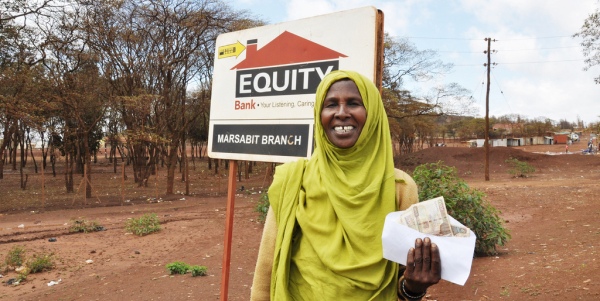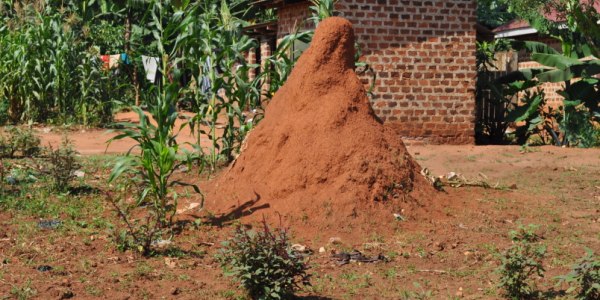Western Kenya farmers have planted over 2 million Grevillea trees with an aim of hitting 5 million by 2015 in a project meant to provide income from the quick maturing trees while fighting climate change.
In a bid to mitigate the impact of climate change, One acre Fund an agro based NGO has spearheaded the planting of about 5 million Grevillea trees in western Kenya a move that also aims to provide long-term investment to farmers whose income will be boosted from the quick maturing trees.
The programme dubbed ‘The 5 Million Trees’ and chaperoned by One Acre Fund, an agro based NGO, began in 2011. “We are focusing on trees because they help in preserving soil nutrition, prevent soil erosion and remove Carbon dioxide from the soil. In addition, they also provide extra income from sales, the trees will provide families with firewood, livestock fodder, crop protection, medicine and shade,” explained Nicholas Daniels a communication officer with One acre Fund. According to him, the programme will enhance the organization’s commitment to environmental sustainability with estimates indicating that about 25000 tons of Carbon dioxide can removed from the environment using 5 million trees.
The choice of the Grevillea trees stems from the fact that the trees have been part of the One Acre Fund core maize package since the 2010 planting season. “This particular species of tree was chosen after running forestry trials, studying tree varieties and experimenting with planting techniques. Most importantly, Grevillea trees were the most well liked by farmers because of their quick maturing characteristic and require less water and land than many other varieties hence a safe and sound investment.”
James Shadrack a famer from Bungoma who adopted Grevillea trees from the project’s onset and is now beaming with a smile as he prepares to harvest his over 2000 trees agrees. “Many people in this area never like planting trees and a few who plant them prefer Eucalyptus which are water guzzling and drain all nutrients from the soil making it unsuitable for any meaningful agricultural activity. Grevillea trees rejuvenate the soil and don’t hurt other crops hence my ideal point of investment,” he said.
Farmer trainings organised by OAF have alleviated the major teething problem which was threatening the success of the programme. “Many farmers have immediate expenses to pay and it can be tempting to sell trees that have not fully matured for a lower price to receive an immediate, though limited economic benefit,” noted Daniels. As a result, the organization trained their farmers on goal setting, so that farmers have to describe how they will use their money from the trees in three years and also farmers in each group also help each other stick to their goal.
James is among the farmers who have set targets for their venture in Grevillea. He noted, “If I cut my trees when they are still young I can end up earning about Sh200 but if I wait and cut them after about five years, I can earn about Sh4000 from each tree. I intend to use proceeds from the mature trees to pay my children’s school fees and also start a business for buying and selling cattle.” According to him, in the first year of planting, each tree costs about Sh100 but after five years, the price skyrockets to over fifty times that amount.
Currently, over 80,000 farmers have been drawn to the project planting over 500,000 trees. The trees seedlings were availed to the farmers as an incentive to help boost the OAF initiatives which are aimed at ensuring food security through environmental friendly methods. The farmers are drawn to the programme through farmer groups which are affiliated to OAF whose membership registration is free.
Over 70 percent of the OAF farmers have planted Grevillea trees. Although initially, the germination rate of the trees was at a paltry 10 percent, after combined efforts to reduce such underwhelming results, the project is back on track with statistics indicating g that the germination rate is currently at about 75 percent. “We realized that the industry recommended plastic packaging was killing the Grevillea seeds before they reached the farmers. In addition, most farmers were not sensitized about the importance of planting Grevillea and therefore perceived them to be a poor investment compared to other competing agricultural activities,” explained Daniels.
The organization learnt from the initial pitfalls. Seeds were distributed carefully when there were few competing priorities in the field and distribution was accompanied by a series of trainings crafted to build excitement around the product. According to Daniel, the programme is now on track and more farmers are finding it easy to adopt the trees having seen their counterparts’ trees thrive.
Written by Julius Omondi for Farmbizafrica
Photo Courtesy of garden.polarisworld.com
 Fenesi.com Start, Run and Grow Your Business In Kenya
Fenesi.com Start, Run and Grow Your Business In Kenya




